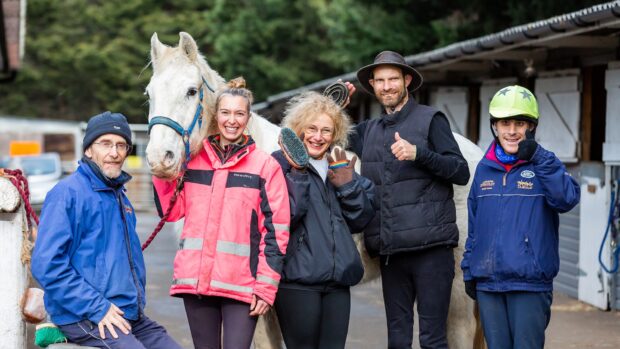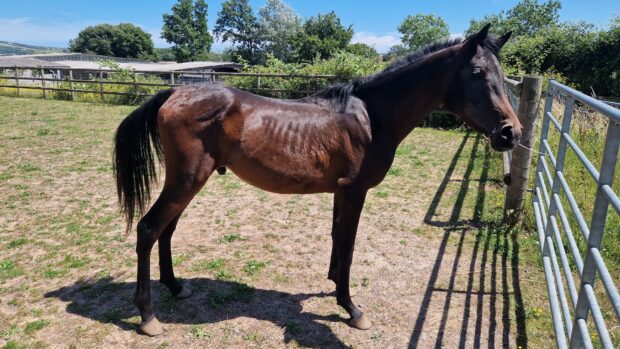Riders feel like the “poor relations” on roads and are not treated with the same respect as drivers, a new study has shown.
Independent watchdog Transport Focus, which represents users of England’s motorways and major A roads including cyclists, pedestrians and equestrians, has been researching how these groups’ needs could be better met with new road designs.
The organisation met with representatives of the three vulnerable groups of road users to hear about their experiences of using and crossing the strategic road network (SRN).
It found riders, “much like cyclists and pedestrians”, felt they were treated “as though they do not deserve to access the network, even if there is no alternative to access where they want to go”.
Most riders reported said they would rather avoid main routes altogether, citing safety fears and inconsiderate driving as major concerns.
Transport Focus found that when riders were forced to use the SRN, they worried about high speed limits and lack of dedicated or logical crossing points, particularly when bridleways were transected.
“Bridleways can emerge on to the SRN without warning or space to wait until it is safe to cross or, if necessary, join the traffic directly on the road,” the report noted.
“Equestrians can be nervous of restraining a horse while they have to check for oncoming traffic, sometimes where visibility can also be challenging if verges are overgrown and there is little room to wait for a clear opportunity to proceed.
“Where equestrians have no choice but to use major junctions and roundabouts, there can be difficulties navigating multi-lanes of fast-moving traffic.
“There are frequent mentions of road users driving too fast and without consideration for the horse. This includes personal experiences of accidents as a result of speeding vehicles and inconsiderate driving.”
The report recommended a number of ways road access could be improved as a “priority” for riders.
These included crossings which do not require use of the road, such as “equestrian-friendly” bridges and underpasses.
Bridges should have a ground level entry point and high sides, while underpasses need to be high enough for a rider to navigate while mounted.
Dedicated crossings to join up bridleways in rural areas were also proposed, along with improved maintenance of verges.
Educating other road users on how to behave around horses to improve safety was also a recommendation.
Transport Focus chief executive Anthony Smith said: “Equestrians use many of Highways England’s major A roads throughout the country on a daily basis. It’s important that roads are designed with them in mind as well as motorists.

Threatening driver who chased riders jailed for six months
‘You won’t be laughing when I try to knock you off the road’

Police hunt driver who ‘used his van as a weapon’ in collision with horses
The driver 'went through us like dominoes' and drove off at speed
“This insight should help Highways England and the government focus investment and effort on things that make a real difference for these road users.”
Following on from this report, a new survey to measure the satisfaction levels of equestrians, cyclists and pedestrians will be piloted in two areas of England this year.
For all the latest news analysis, competition reports, interviews, features and much more, don’t miss Horse & Hound magazine, on sale every Thursday.




